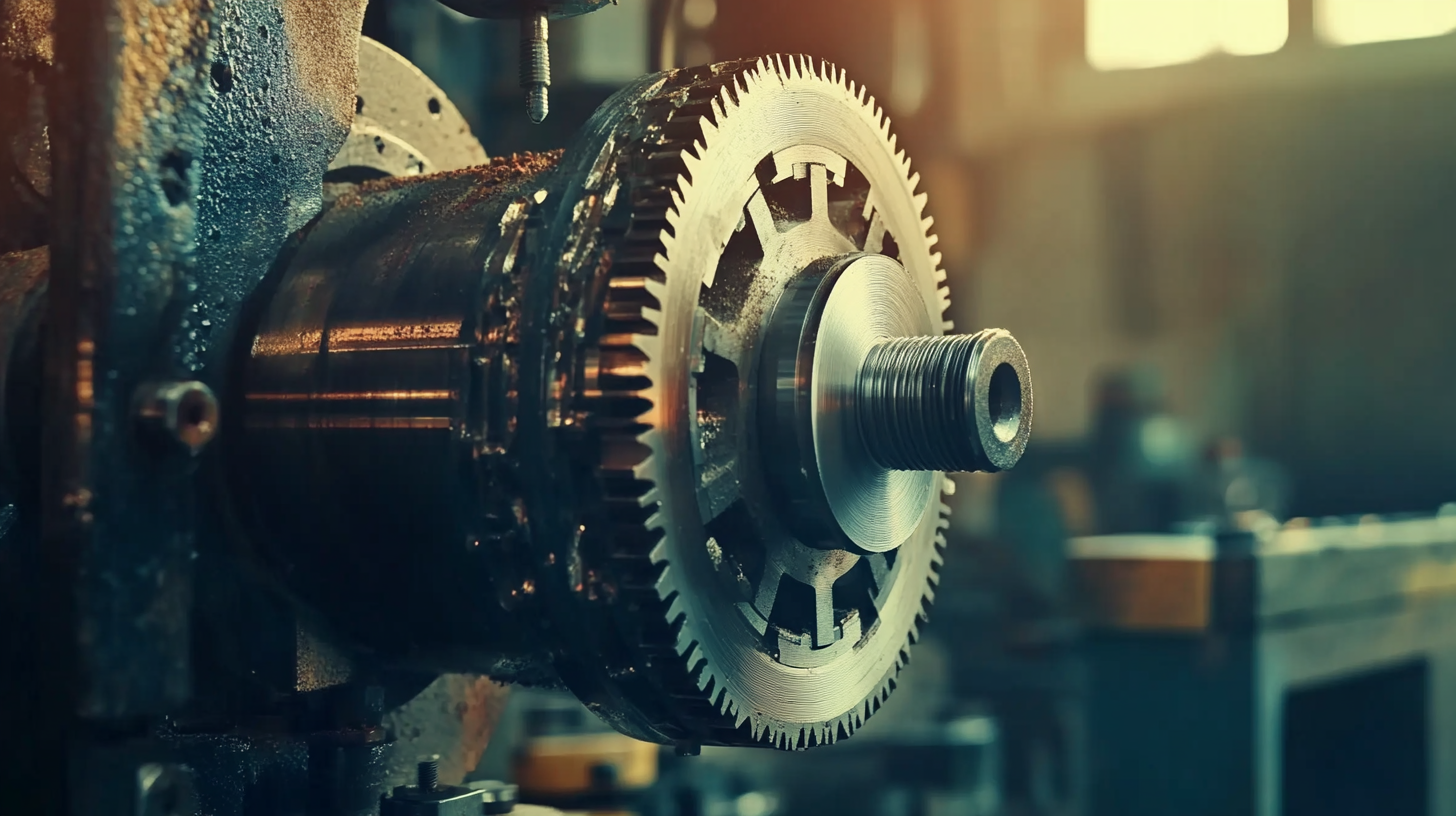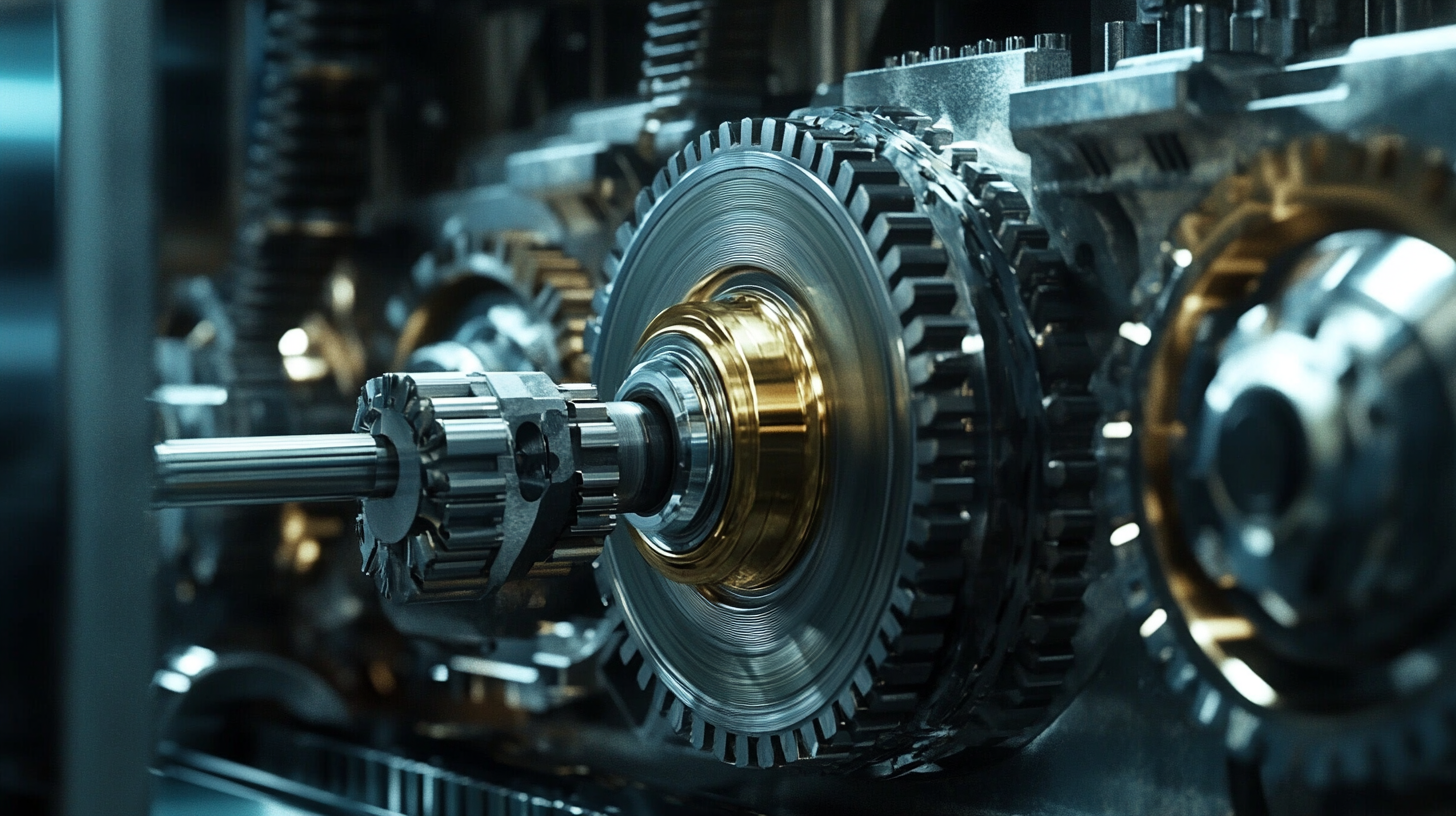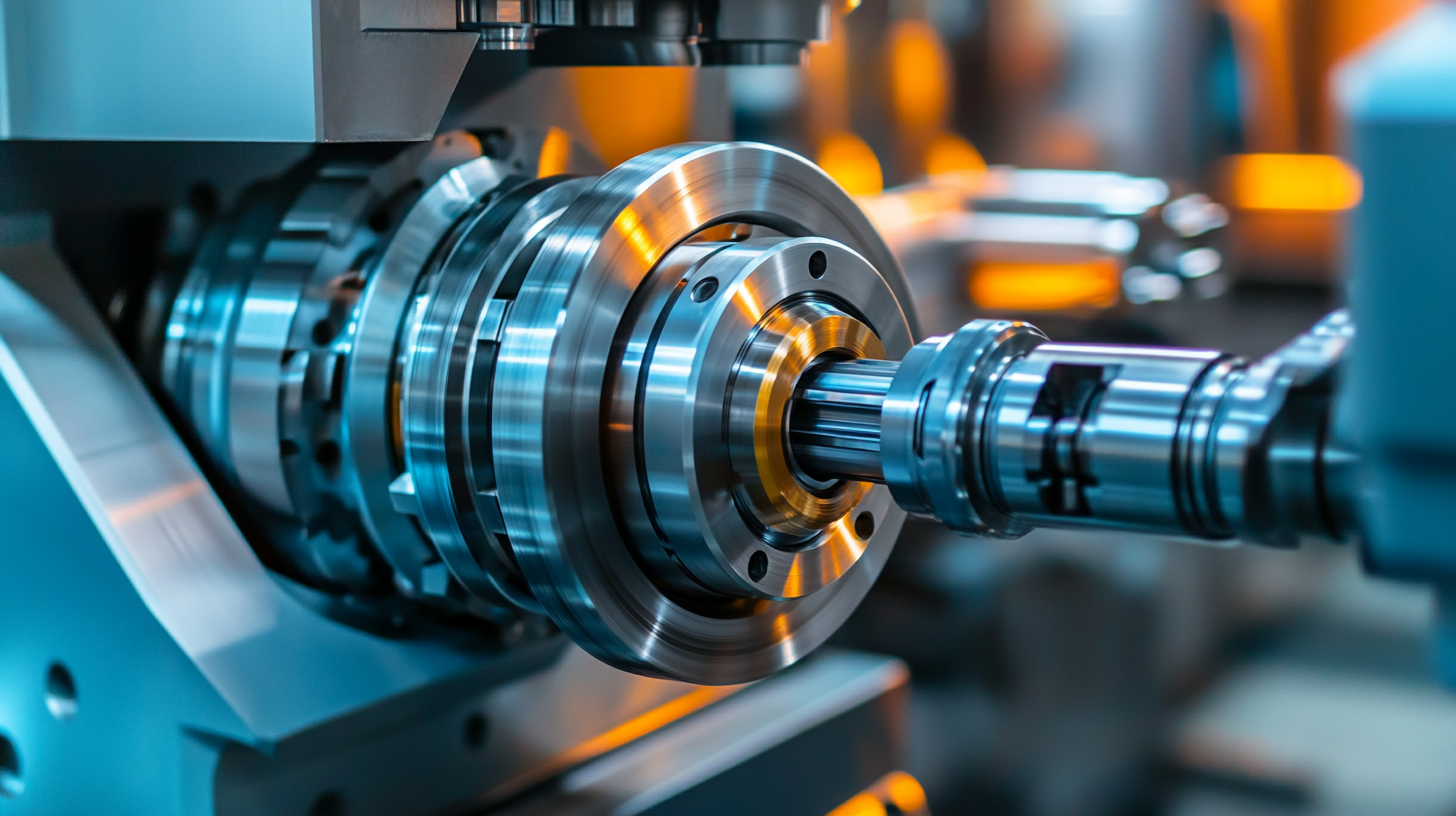Advantages of Using a Manual Milling Machine in Modern Manufacturing
In the ever-evolving landscape of modern manufacturing, the role of precision machining remains paramount. Among the various tools employed, the Manual Milling Machine stands out as a cornerstone of machining operations. According to a report by MarketsandMarkets, the global CNC machine market is expected to grow from $70.92 billion in 2020 to $100.49 billion by 2025, illustrating the increasing reliance on advanced manufacturing technologies. However, despite the rise of automation, a significant portion of manufacturers continues to acknowledge the advantages of manual machining techniques. For instance, a study by the Manufacturing Institute indicates that 60% of manufacturers still utilize manual milling machines for their flexibility and lower initial investment costs. This blog aims to highlight the unique benefits of manual milling machines in contemporary production settings, emphasizing their essential role in skill development, versatility, and cost-effectiveness amidst a rapidly digitalizing industry.

Benefits of Precision Control with Manual Milling Machines
Manual milling machines offer manufacturers a unique advantage in precision control that is often unmatched by modern automated counterparts. One of the key benefits of using a manual milling machine lies in the operator's ability to make real-time adjustments during the machining process. This hands-on approach allows for intricate manipulation of the cutting tool, resulting in superior accuracy for complex designs. Operators can feel the material and gauge the resistance, which helps in achieving the desired specifications more effectively than with fully automated systems.
Moreover, the tactile nature of manual milling fosters a deeper understanding of the machining process. As operators engage directly with the equipment, they develop a keen intuition for the behavior of different materials and tooling. This experience translates into improved quality control, as seasoned machinists can identify subtle variances that might require adjustments or interventions. In an industry where precision is paramount, the ability to maintain such control is invaluable, ensuring that each part meets stringent quality standards while potentially reducing waste and production costs.
Advantages of Using a Manual Milling Machine in Modern Manufacturing
This chart illustrates the various benefits of manual milling machines, highlighting their advantages in precision control compared to other manufacturing processes.
Cost-Effectiveness: Why Manual Milling Machines Save Money
Manual milling machines offer significant cost advantages in modern manufacturing, particularly when compared to more advanced CNC options. Their lower initial purchase price makes them particularly appealing for small businesses or startups looking to minimize capital expenses. A recent analysis indicated that businesses could save substantially when choosing manual machines over expensive CNC systems. Furthermore, retrofitting existing machines with cost-effective upgrades can help companies improve efficiency without the financial strain of acquiring new machinery.
Moreover, manual milling operations often require less energy, contributing to reduced operational costs. The U.S. government estimates manufacturing accounts for roughly one-third of national energy consumption. By utilizing manual milling technology, companies not only enhance their bottom line but also align themselves with growing sustainability goals in the industry. As manufacturers increasingly seek ways to reduce their energy usage, manual milling machines stand out as a practical solution that delivers savings and efficiency in a cost-sensitive market.
Advantages of Using a Manual Milling Machine in Modern Manufacturing
| Feature | Advantage | Cost Impact |
|---|---|---|
| Lower Equipment Cost | Manual machines are generally less expensive to purchase than CNC machines. | Initial investment is significantly lower. |
| Lower Maintenance Costs | Manual milling machines typically require less complex maintenance. | Saves money on repairs and maintenance services. |
| Energy Efficiency | They consume less power compared to automated machines. | Lower electricity bills contribute to overall savings. |
| Skilled Labor Utilization | Operator skill sets can enhance product quality and efficiency. | Better quality leads to less waste and rework costs. |
| Flexibility | Manual machines can easily switch between different tasks and setups. | Reduced downtime during job changes leads to increased productivity. |
Versatility in Material Processing: A Key Advantage
In modern manufacturing, the manual milling machine stands out due to its remarkable versatility in processing various materials. Unlike automated systems that may be designed for specific tasks, manual milling machines can efficiently handle a wide range of materials, including metals, plastics, and composites. This adaptability allows manufacturers to produce diverse components and prototypes without the need for extensive reconfiguration or specialized equipment. As a result, businesses can respond quickly to changing project requirements and optimize their production workflows.
Moreover, the precision that manual milling machines offer contributes to their appeal in material processing. Operators can make real-time adjustments to the milling process, fine-tuning the machine's settings to achieve the desired specifications. This level of control is particularly advantageous in small-scale productions or custom jobs, where exact measurements and intricate designs are crucial. By leveraging the versatility and precision of manual milling machines, manufacturers can enhance their capabilities, ensuring that they meet the diverse demands of today’s competitive market.
Advantages of Using a Manual Milling Machine in Modern Manufacturing
The Skills Gap: Enhancing Workforce Expertise with Manual Machines
In today's fast-paced manufacturing landscape, the skills gap continues to be a pressing concern. As advanced technology takes center stage, many organizations overlook the substantial benefits of manual milling machines. These machines not only offer precision but also serve as valuable educational tools for developing essential skills among the workforce. By engaging with manual milling equipment, workers gain hands-on experience, cultivating a deeper understanding of machining principles and techniques that are often lost in automated environments.
Moreover, the use of manual milling machines encourages problem-solving and adaptability. Workers must learn to think critically and troubleshoot issues on the fly, thereby enhancing their expertise. As they learn to operate these machines, employees develop a strong foundational knowledge that is crucial for mastering more complex technologies. This depth of understanding ultimately leads to a more versatile and capable workforce, better equipped to tackle modern manufacturing challenges. Investing in manual machining training not only fills the existing skills gap but also fosters a culture of continuous improvement and innovation within the industry.

Sustainability and Manual Milling: Eco-Friendly Manufacturing Practices
In modern manufacturing, the use of manual milling machines not only maintains traditional craftsmanship but also aligns with eco-friendly practices that contribute to sustainability. Manual milling machines consume less energy compared to their automated counterparts, which is crucial as industries increasingly focus on reducing their carbon footprint. According to a recent analysis, sustainable machining processes that emphasize energy efficiency can lead to significant reductions in energy consumption, potentially decreasing it by up to 30% in certain operations.
Furthermore, the eco-conscious shift towards using recycled materials in manufacturing is relevant to manual milling practices. For instance, the textile industry is increasingly adopting recycled fibers sourced from pre- and post-consumer waste, highlighting a move towards low-impact production. This focus on sustainability can also extend to the materials used in conjunction with manual milling. By selecting sustainable materials and implementing eco-friendly practices, manufacturers can harness the advantages of manual milling while contributing to a circular economy that prioritizes the reduction of waste and resource use.

